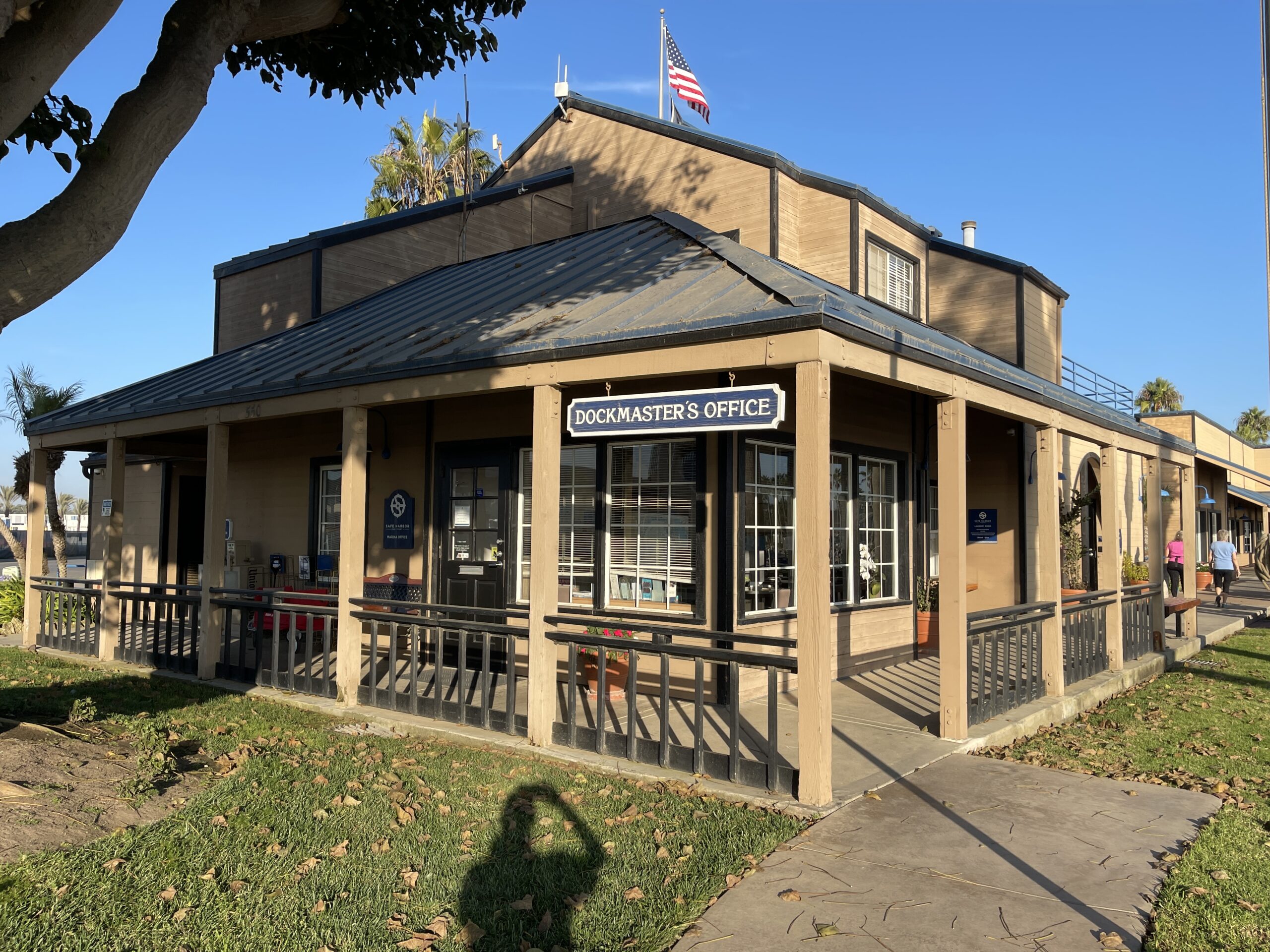Selecting the Right Rule Bilge Pump for Your Bayliner 3888
Given the size and features of your 1990 Bayliner 3888 motor yacht, it’s essential to choose bilge pumps with appropriate capacities and configurations. Here’s how you can decide:
1. Assess Your Bilge Pump Needs
- Number of Pumps: Larger boats like your Bayliner often use multiple bilge pumps in different compartments. You’ll typically need:
- Forward Pump: Near the bow.
- Midship Pump: Under the main salon or engine room.
- Aft Pump: Near the stern, possibly below the master stateroom.
- Capacity (GPH):
- For your yacht, consider pumps in the 1500-2000 GPH range as primary pumps.
- For backup or secondary systems, higher-capacity pumps (like 3700 GPH) can handle emergencies.
2. Recommended Rule Bilge Pumps
-
Primary Pumps:
- Rule-Mate 1500 GPH or 2000 GPH:
- Combines a pump and float switch in one unit.
- Compact, easy to install, and fully automatic.
- Rule Standard Pumps (e.g., Rule 2000):
- Requires an external float switch.
- Reliable and powerful for regular bilge management.
- Rule-Mate 1500 GPH or 2000 GPH:
-
Backup/High-Capacity Pumps:
- Rule 3700 GPH:
- High-capacity pump for emergencies.
- Ideal for the engine room or aft bilge area where water might accumulate quickly.
- Rule 3700 GPH:
-
Shallow Areas (Optional):
- Rule LoPro 900 GPH:
- Fits in shallow spaces or low-clearance bilge compartments.
- Offers side or top discharge options for flexibility.
- Rule LoPro 900 GPH:
3. Installation Tips
-
Location:
- Install pumps at the lowest point in each bilge area for maximum water removal.
- Securely mount them to avoid vibration or dislodging during operation.
-
Wiring:
- Use marine-grade wiring to withstand moisture and corrosion.
- Connect pumps to dedicated circuit breakers or fuses for safety.
-
Float Switches:
- If using non-automatic pumps, install reliable float switches (like Rule’s SuperSwitch) near the pump to trigger operation.
-
Discharge Hoses:
- Ensure hoses are the appropriate diameter for your pump model.
- Route hoses upward and outward to minimize backflow.
-
Check Valves:
- Consider using check valves in discharge lines to prevent water from flowing back into the bilge.
4. Maintenance Tips
- Routine Testing:
- Regularly test pumps and float switches to ensure proper operation.
- Debris Cleaning:
- Inspect and clean the strainer to prevent blockages.
- Battery Backup:
- Connect critical pumps to a backup power source, ensuring they work even if the main battery is depleted.

